The Ministry of Transport has just issued a Plan to Reduce Greenhouse Gas Emissions in the Transport Sector by 2030.
This is a plan to implement measures to reduce greenhouse gas (GHG) emissions in the transport sector to meet the GHG emission reduction target according to the "Unconditional Contribution" in Vietnam's Nationally Determined Contribution (NDC).
Accordingly, by 2030, the potential for GHG emission reduction under the "Unconditional Contribution" in transport will reduce GHG emissions by 5.9% compared to the business-as-usual (BAU) scenario, equivalent to a reduction of 45.62 million tons of CO2e over the entire period.
Specifically, by 2025, 3.4 million tons of CO2e will be reduced; by 2030, 10.61 million tons of CO2e will be reduced; by 2030, 45.62 million tons of CO2e will be reduced.
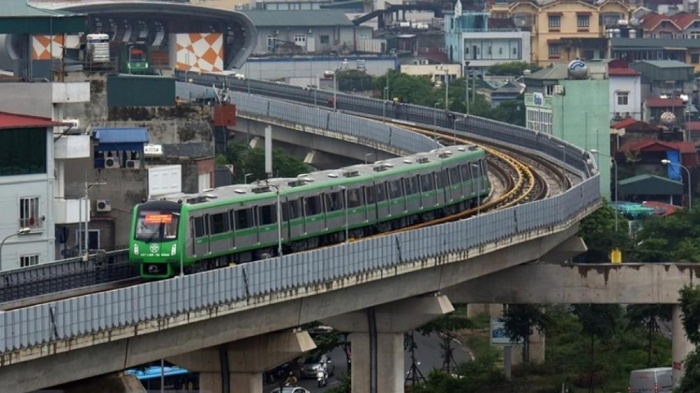
The Ministry of Transport has proposed many measures to reduce greenhouse gas emissions in the transport sector by 2030, including converting passenger transport from personal vehicles to public transport (Photo: illustration).
To achieve this goal, the Ministry of Transport has proposed 10 measures and implementation roadmap. Among them, limiting fuel consumption for newly manufactured, assembled and imported motor vehicles, ensuring that by 2030, 100% of motorbikes will reach the fuel consumption standard of 2.3 liters/100km.
100% of newly manufactured, assembled and imported passenger cars sold meet fuel consumption standards: passenger cars with 2000cc engine capacity reach 6.4 liters/100km.
The application rates for new vehicles are 30% in 2027, 50% in 2028, 75% in 2029 and 100% in 2030, respectively.
Measures to convert passenger transport mode from using personal vehicles to using public transport, achieving the rate of public passenger transport in Hanoi is 45%-50%, Ho Chi Minh City 25%, Da Nang 25%-35%, Can Tho 20%, Hai Phong 10%-15%, and in type I urban areas at least 5%.
Measures to convert transport modes from roads to environmentally friendly modes of transport such as railways, inland waterways and coastal roads; focus on investing in railway and waterway infrastructure and building policies to encourage development.
Along with that are measures to develop vehicles using environmentally friendly fuels such as: Using CNG buses, by 2030 the total number of CNG buses will be 623, including 423 in Ho Chi Minh City and 200 in Hanoi;
Encourage the use of biofuels, expand blending, use 100% E5 gasoline for road motor vehicles by 2030; Use electric motorbikes and electric cars, by 2030 electric cars will reach a usage rate of 30%; electric motorbikes will account for 22% of the total number of motorbikes in use; Use electric buses, by 2025 start using electric buses and are expected to reach a usage rate of 30% by 2030.
Other solutions are to increase the load factor of trucks, improving from 56% to 60% by 2030. In the period 2024-2030, develop and complete the logistics system and warehouses serving freight transport to increase the rate of trucks with goods and increase the rate of goods loading onto trucks;
Research, perfect mechanisms and policies and promote the operation of transport exchanges, thereby optimizing the cargo load factor of trucks...
Source: https://www.baogiaothong.vn/10-giai-phap-giam-phat-thai-trong-giao-thong-192241030131929904.htm


![[Photo] National Assembly Chairman Tran Thanh Man meets with Ethiopian Prime Minister Abiy Ahmed Ali](https://vstatic.vietnam.vn/vietnam/resource/IMAGE/2025/4/16/c196dbc1755d46e4ae7b506c5c15be55)
![[Photo] Many practical activities of the 9th Vietnam-China border defense friendship exchange](https://vstatic.vietnam.vn/vietnam/resource/IMAGE/2025/4/16/3016ed3ef51049219574230056ddb741)

![[Photo] Opening of the 4th Summit of the Partnership for Green Growth and the Global Goals](https://vstatic.vietnam.vn/vietnam/resource/IMAGE/2025/4/16/488550ff07ce4cd9b68a2a9572a6e035)
![[Photo] President Luong Cuong receives Ethiopian Prime Minister Abiy Ahmed Ali](https://vstatic.vietnam.vn/vietnam/resource/IMAGE/2025/4/16/504685cac833417284c88a786739119c)

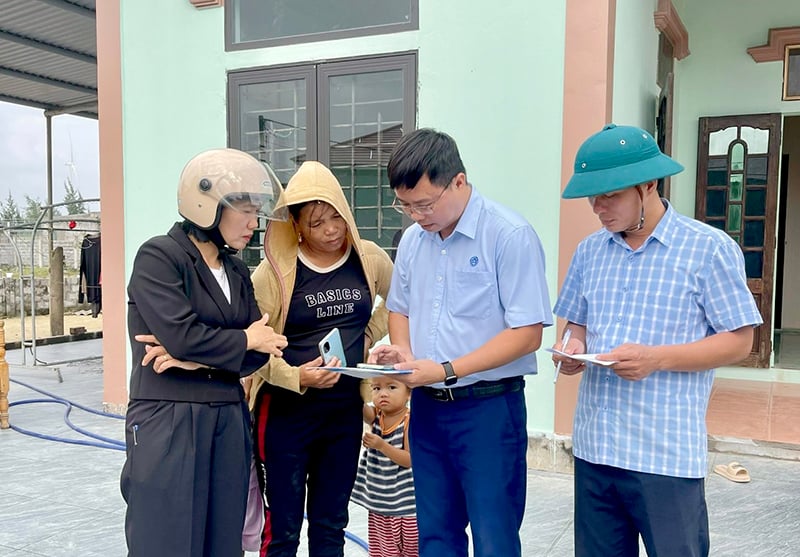

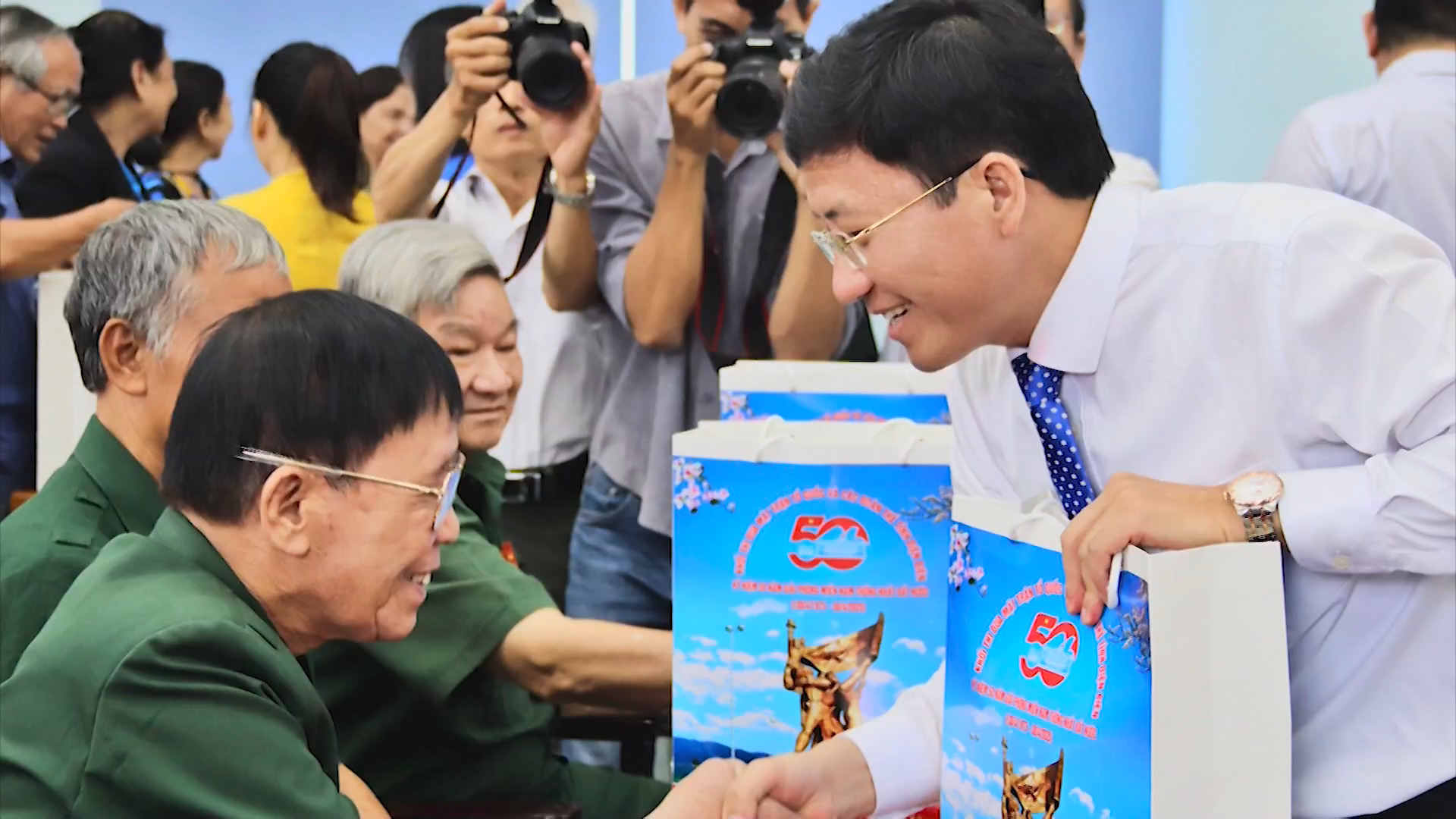

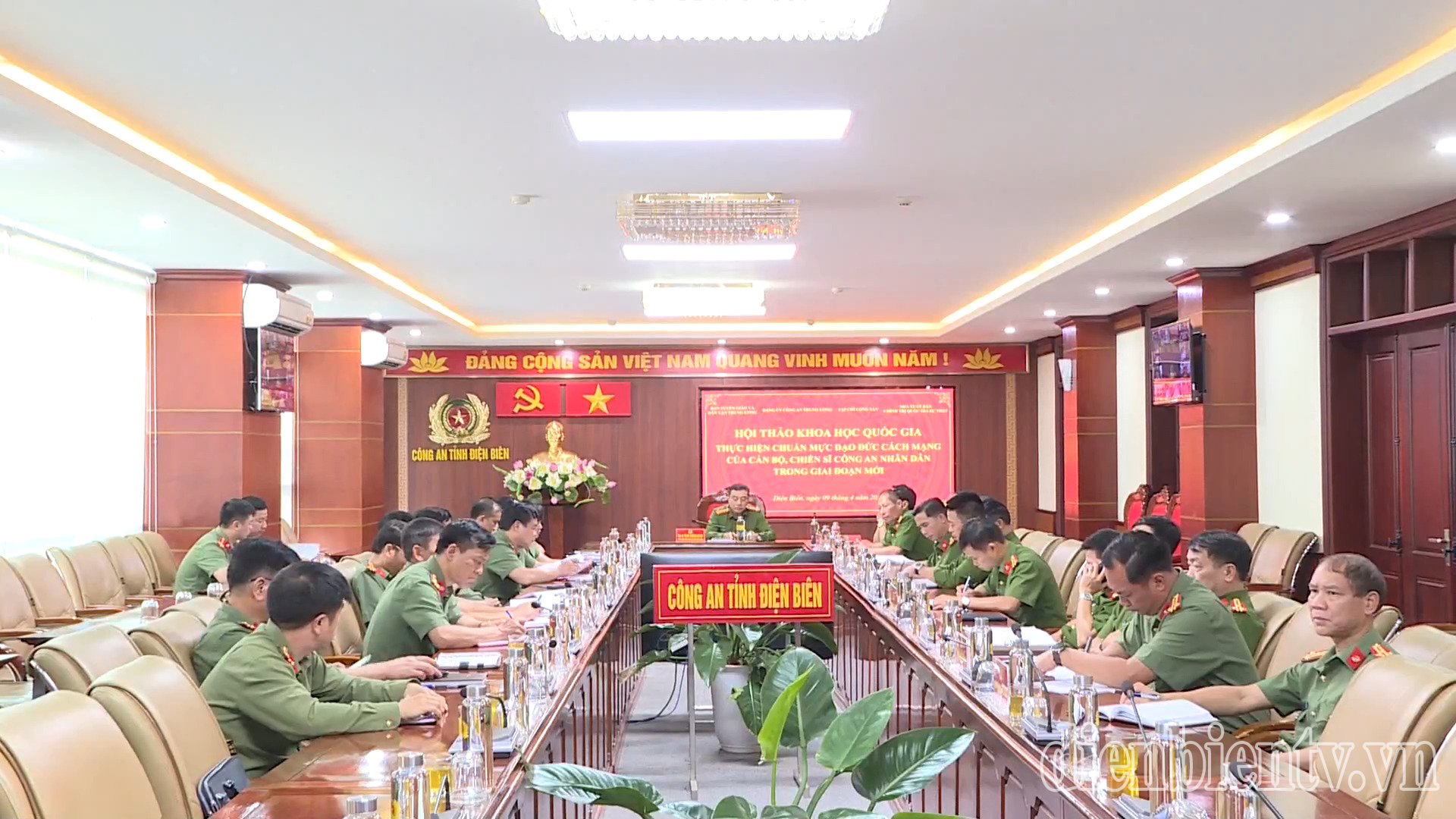
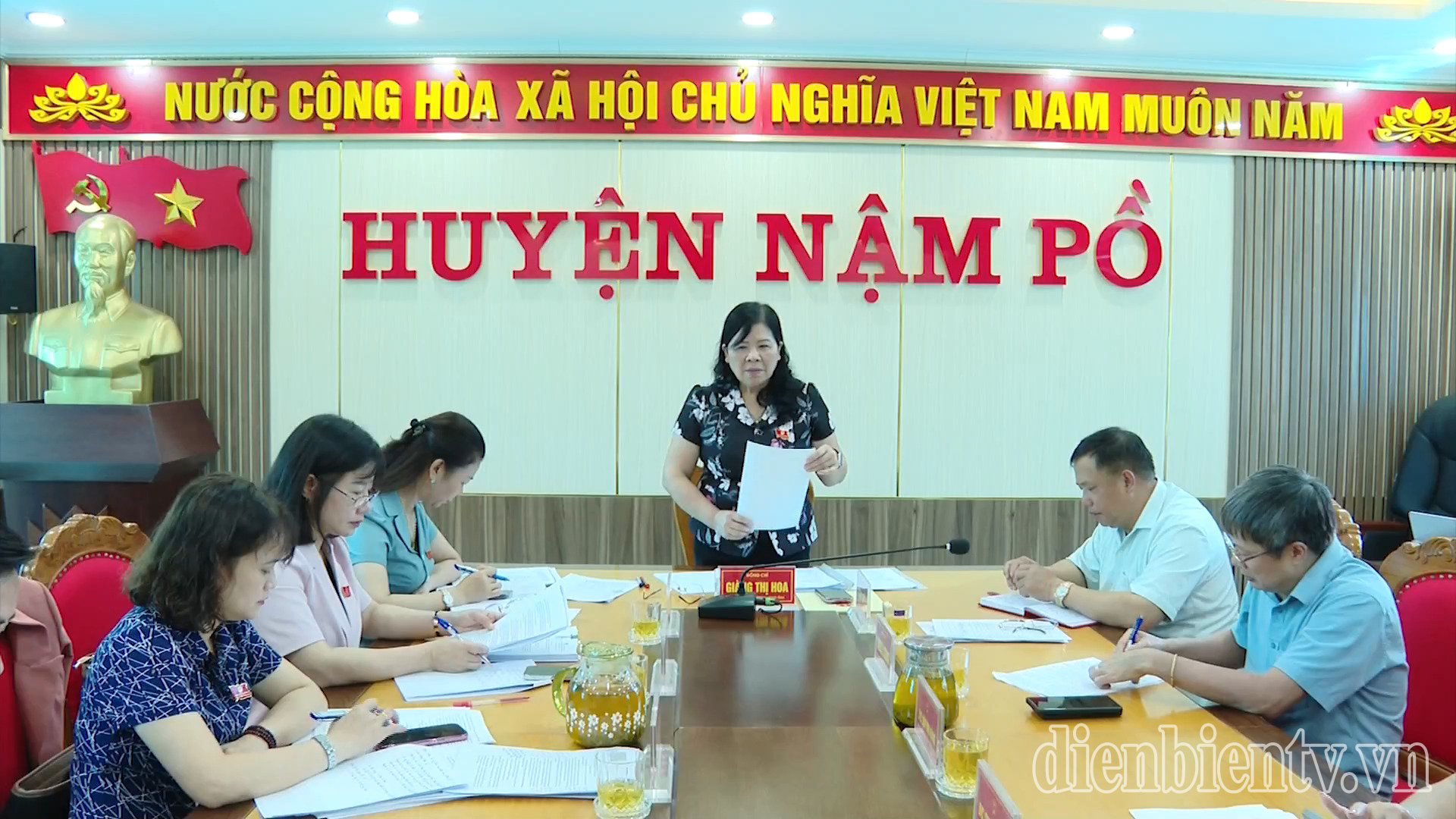
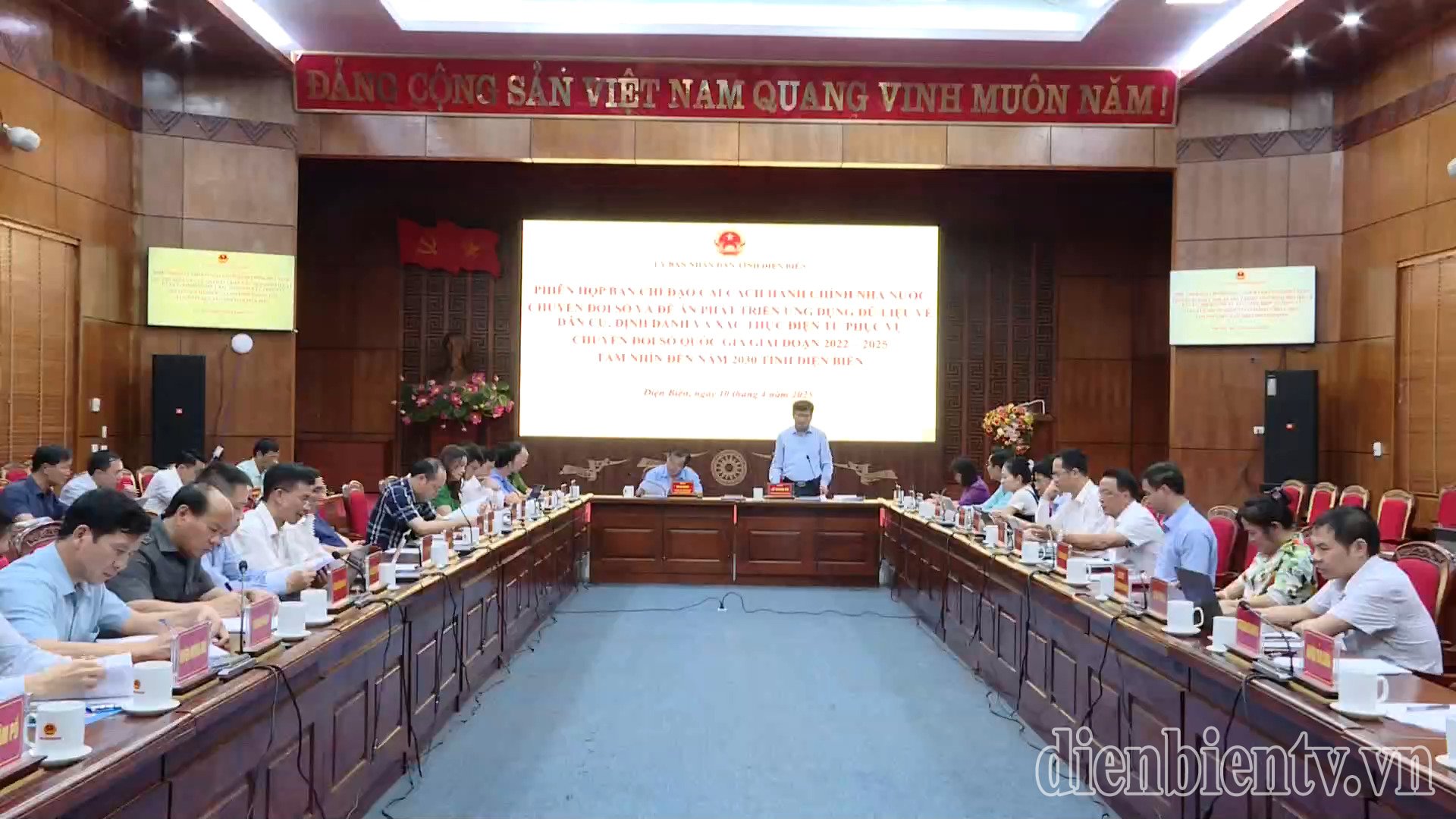





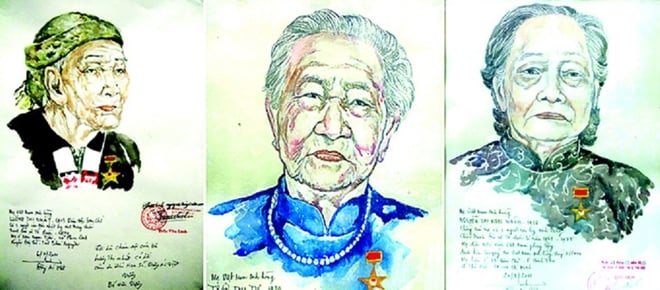




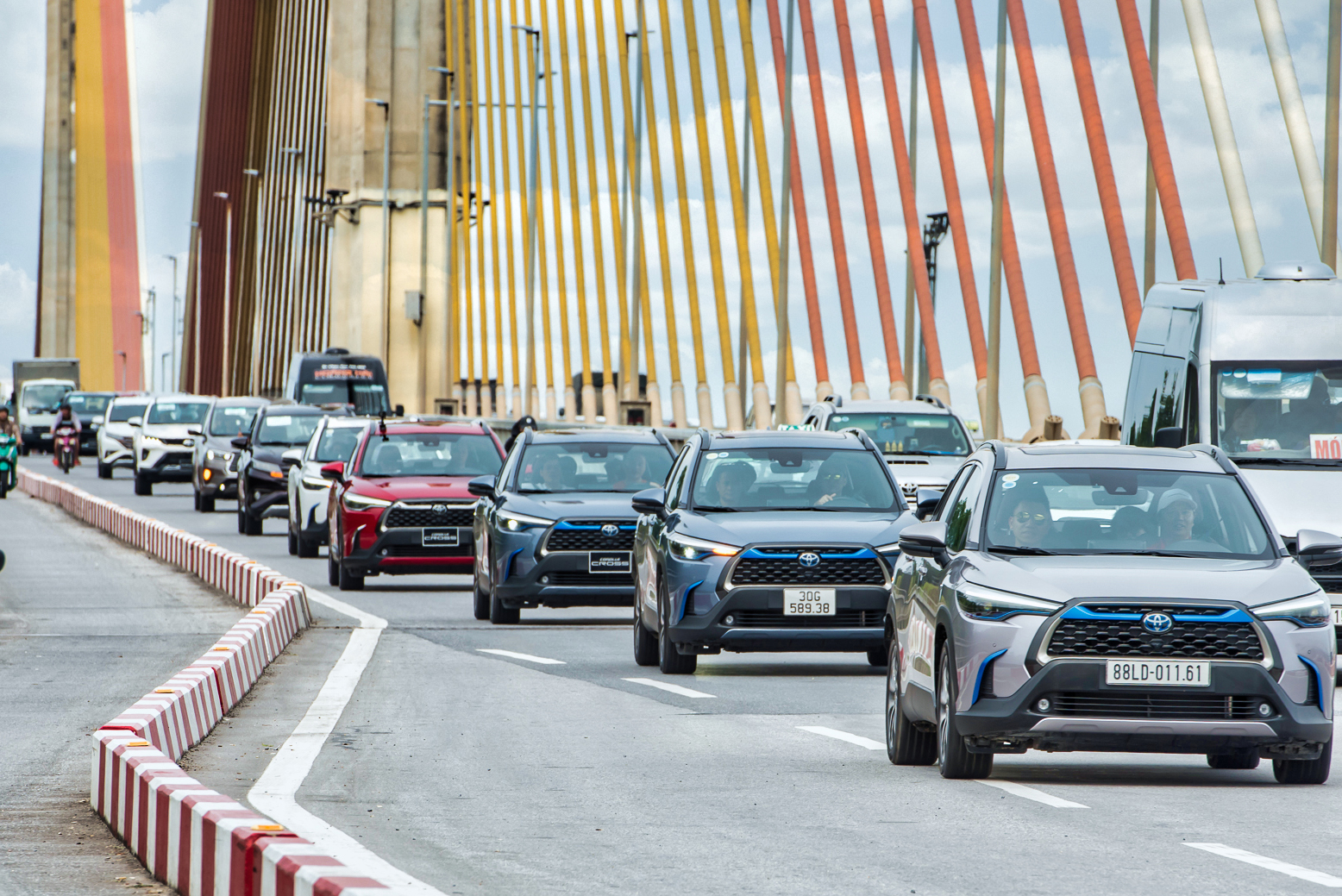





![[Photo] President Luong Cuong meets 100 typical examples of the Deeds of Kindness Program](https://vstatic.vietnam.vn/vietnam/resource/IMAGE/2025/4/16/ce8300edfa7e4afbb3d6da8f2172d580)















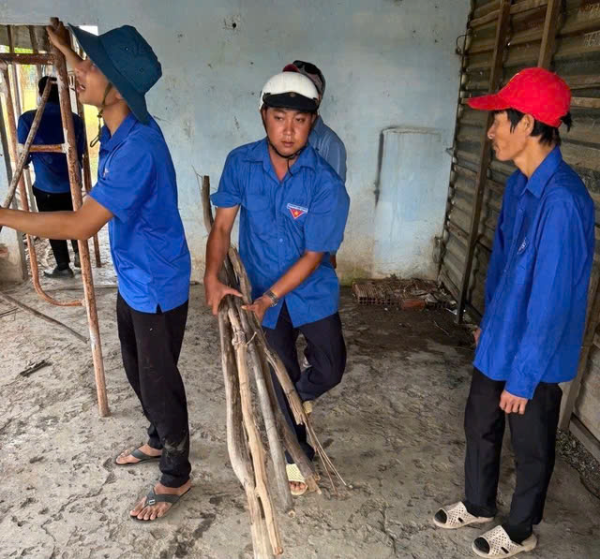







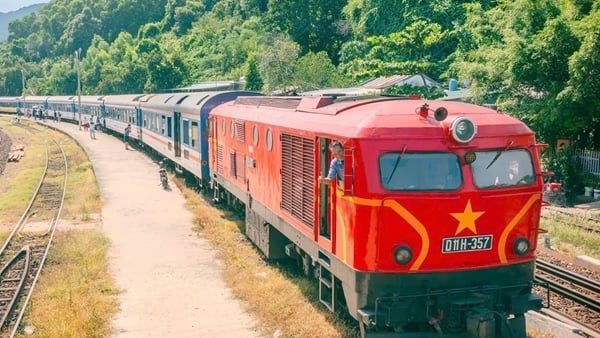



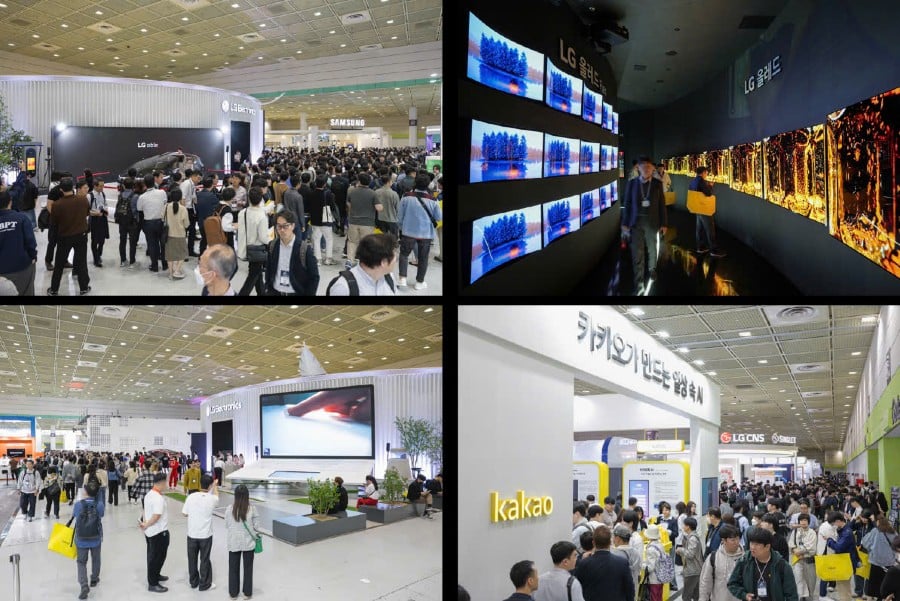



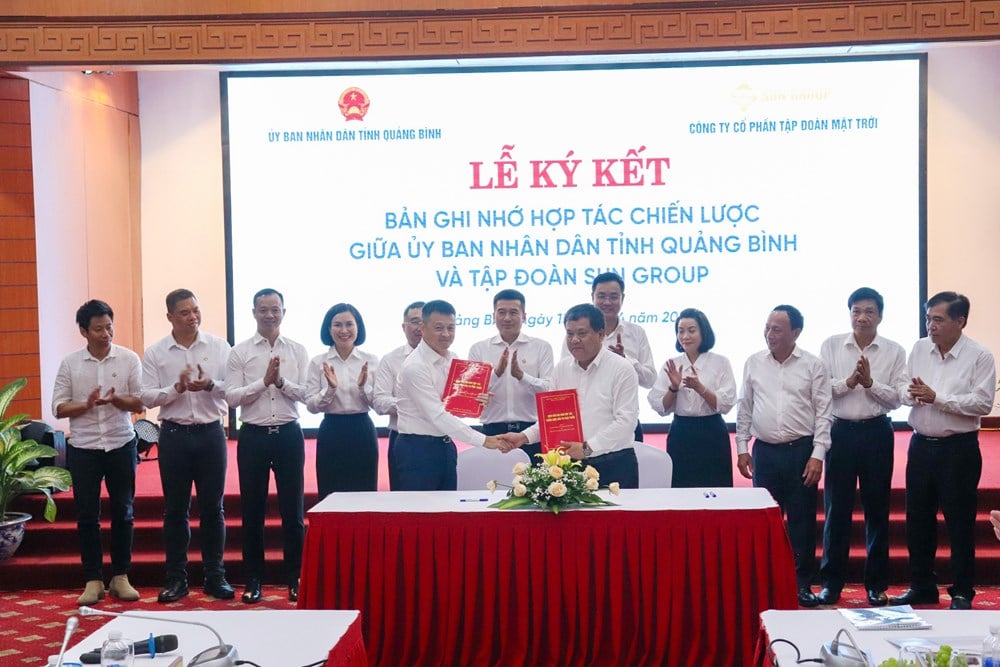





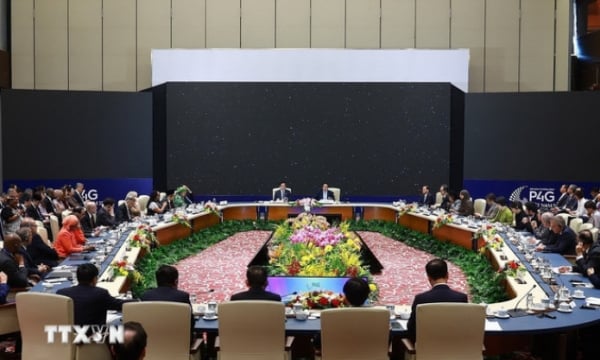
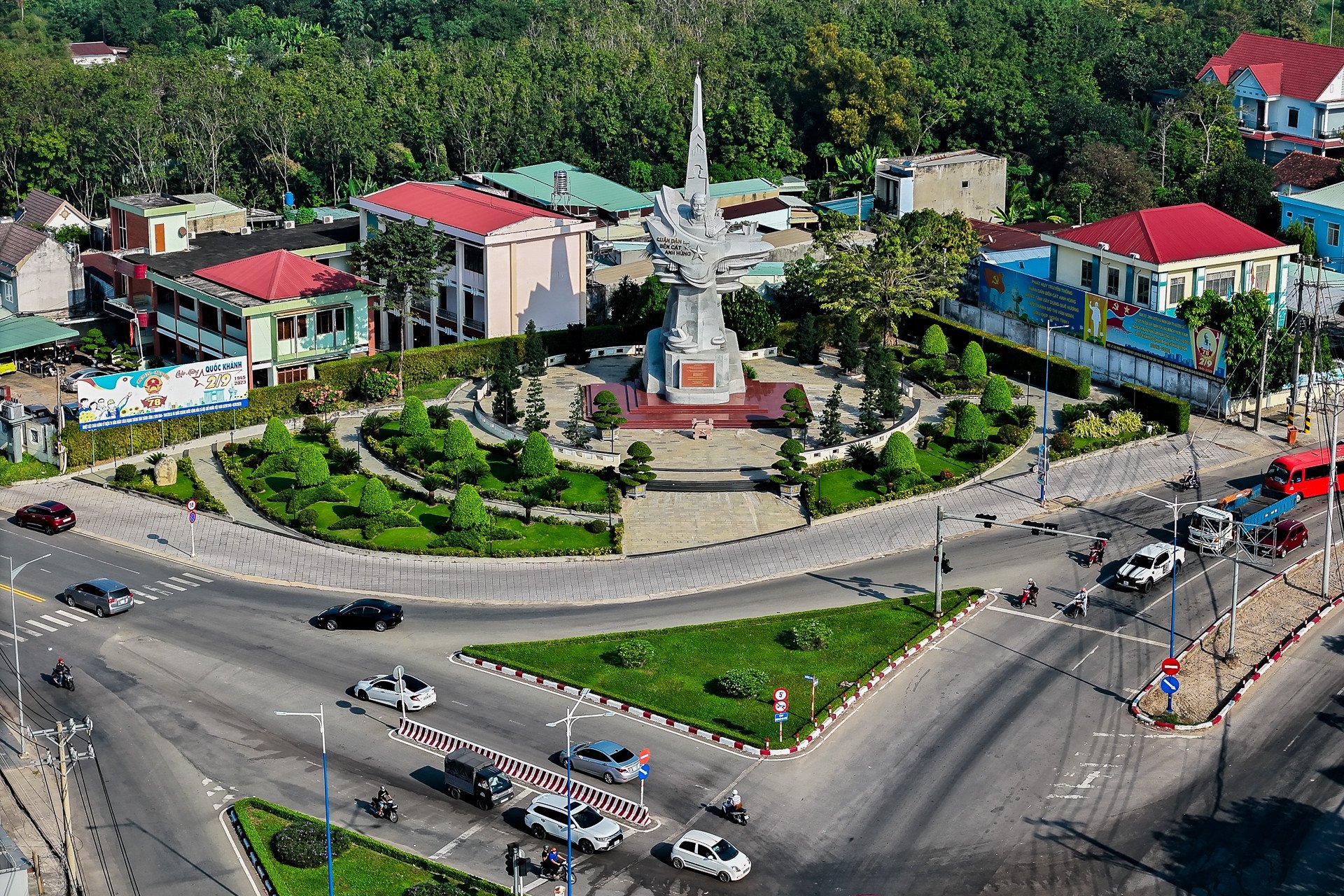


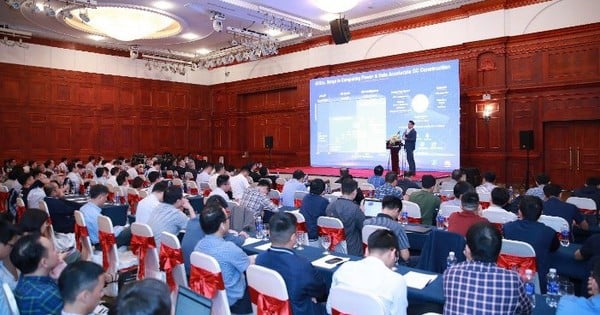




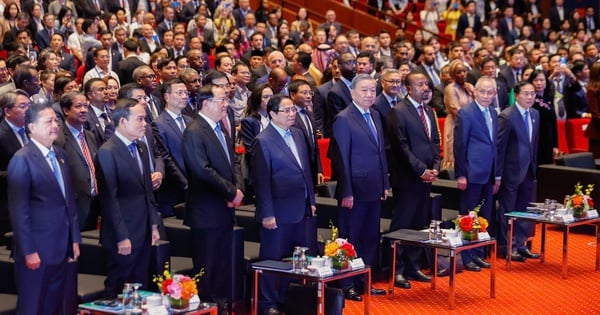

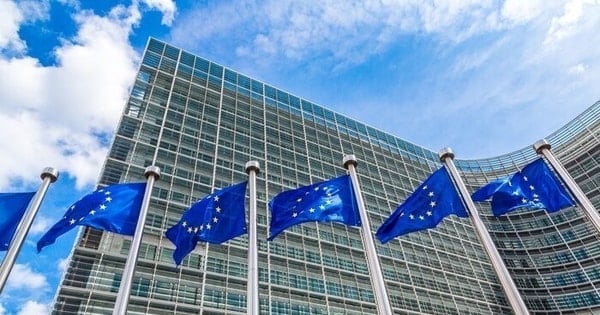






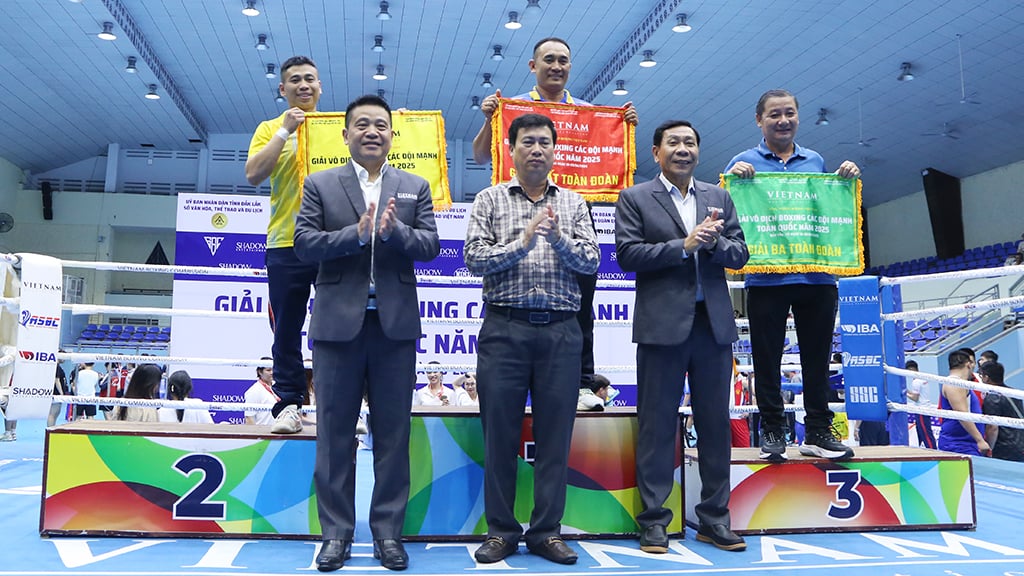

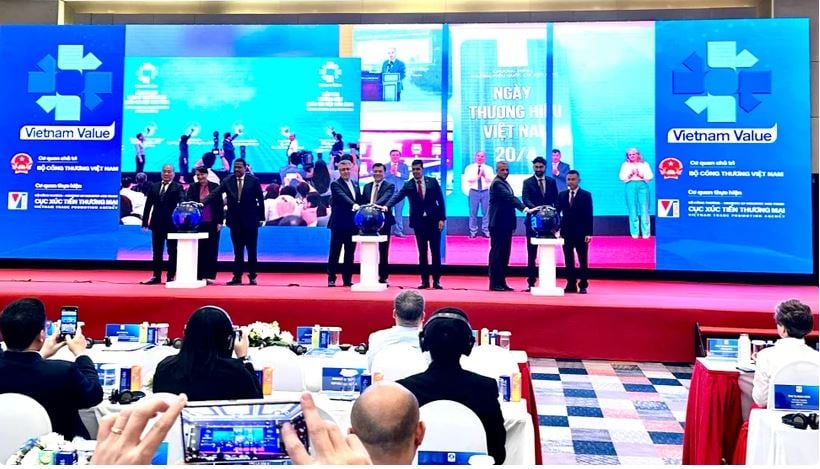




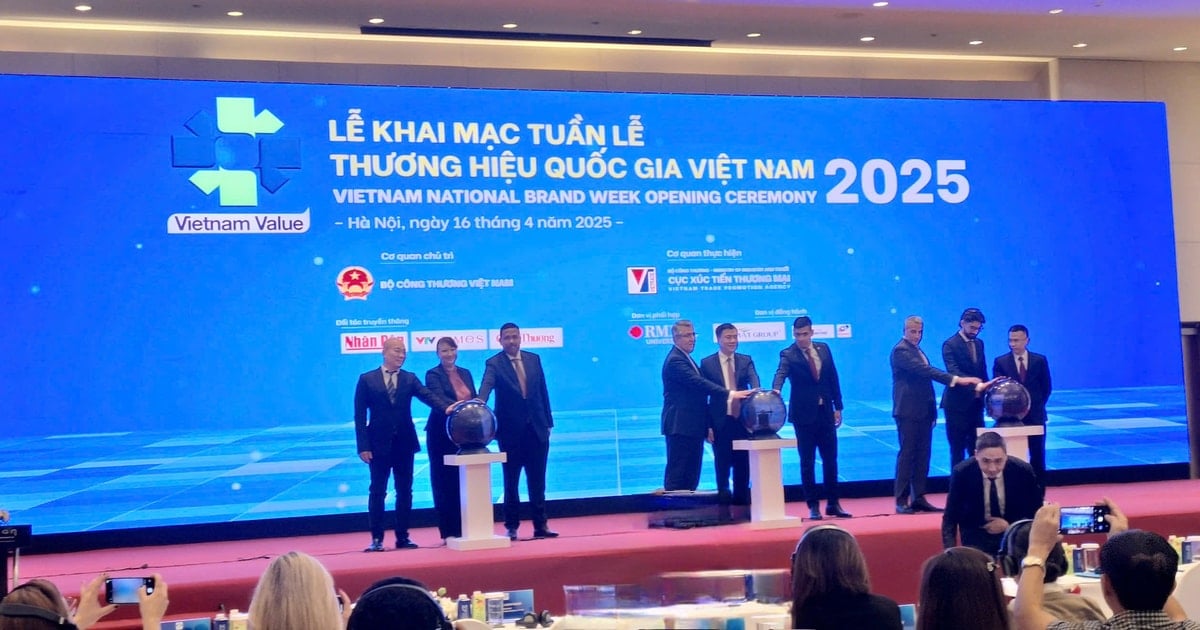



Comment (0)